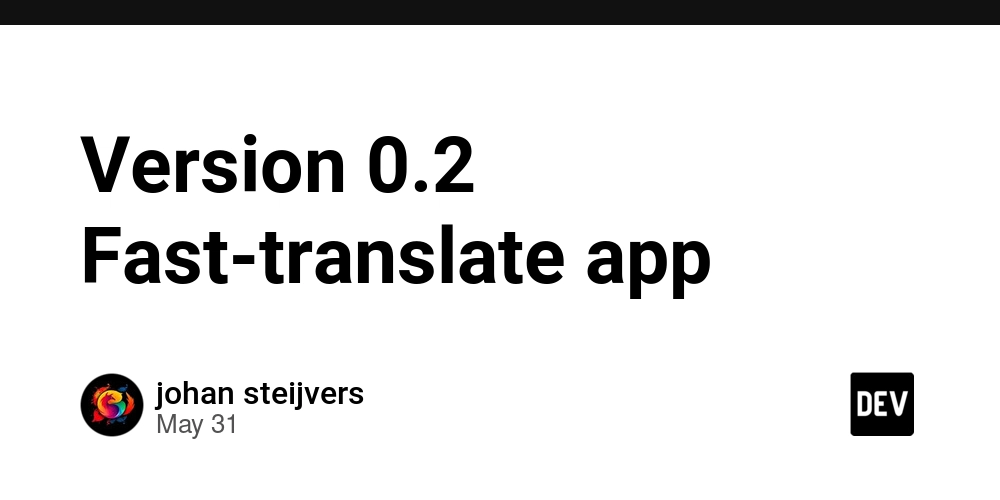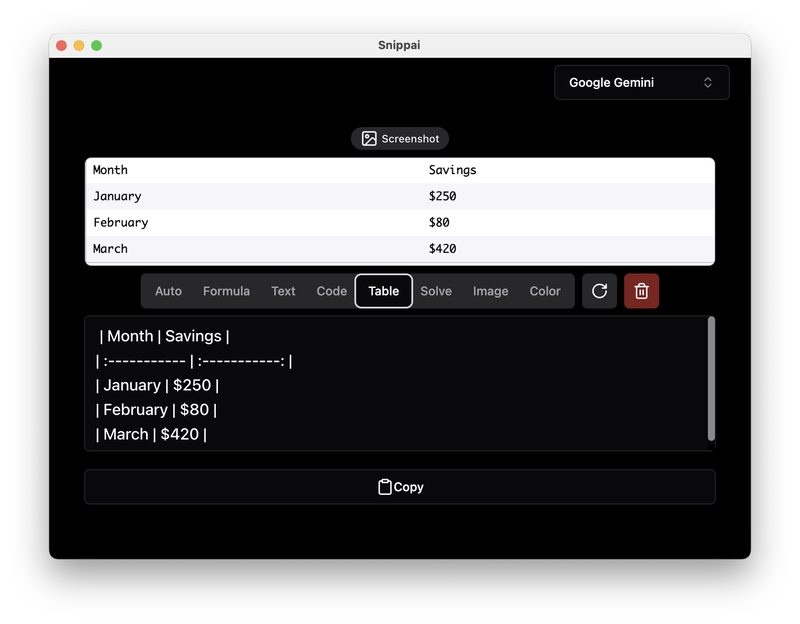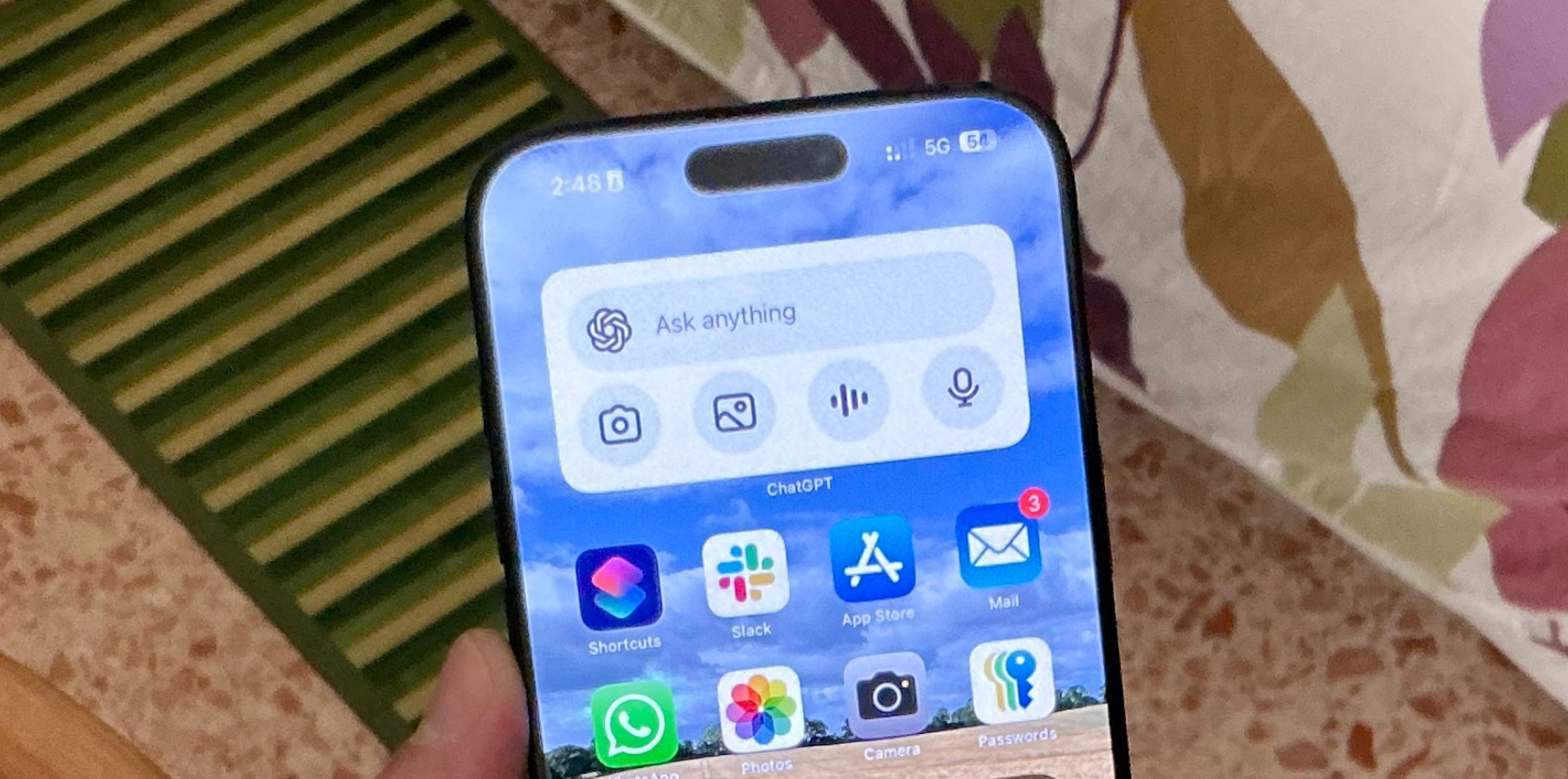I Learned Today-Understanding null and undefined in JavaScript,Template Literals.
JavaScript has two special values to represent "no value": null and undefined. They might look similar, but they have different meanings and uses. Let's break them down. What is undefined? In JavaScript, a variable is undefined when: It has been declared but not assigned a value. A function does not return anything. You're accessing a non-existent object property. let x; console.log(x); // undefined function greet() {} console.log(greet()); // undefined const person = { name: "Alice" }; console.log(person.age); // undefined So, undefined is the default state of variables or values that are missing. What is null? null is an intentional absence of any value. It's a value that you assign to a variable to show that it's empty on purpose. let user = null; console.log(user); // null Use null when you want to clear a variable or explicitly say "this should be empty." Checking null and undefined Use strict comparison (===) to distinguish them: let a; let b = null; console.log(a === undefined); // true console.log(b === null); // true console.log(a == b); // true (loose comparison) console.log(a === b); // false (strict comparison) Avoid using == because it can lead to unexpected results when comparing null and undefined. Best Practices Use undefined for missing values (automatically happens). Use null when you want to intentionally reset or empty a value. Always prefer === over == for clarity and safety. Bonus: How to Check if a Variable is null or undefined if (value == null) { // true if value is either null or undefined } Or check both explicitly: if (value === null || value === undefined) { // handle missing value } What Are Template Literals? Template literals are strings enclosed by backticks (`), not quotes (' or "). They allow: String interpolation (inserting variables). Multiline strings. Embedded expressions. Syntax const name = "Alice"; const greeting =Hello, ${name}!`; console.log(greeting); // Hello, Alice! ` Examples of Use 1.String Interpolation Insert variables or expressions directly in the string using ${}: const a = 5; const b = 10; console.log(The sum of ${a} and ${b} is ${a + b}.); // Output: The sum of 5 and 10 is 15. 2.Multiline Strings No need for \n or +: const message = This is line 1 This is line 2 This is line 3 ; console.log(message); 3.Function Calls or Calculations Inside function getName() { return "Charlie"; } const msg =Hello, ${getName()}!`; console.log(msg); // Hello, Charlie! `

JavaScript has two special values to represent "no value": null and undefined. They might look similar, but they have different meanings and uses. Let's break them down.
What is undefined?
In JavaScript, a variable is undefined when:
It has been declared but not assigned a value.
A function does not return anything.
You're accessing a non-existent object property.
let x;
console.log(x); // undefined
function greet() {}
console.log(greet()); // undefined
const person = { name: "Alice" };
console.log(person.age); // undefined
So, undefined is the default state of variables or values that are missing.
What is null?
null is an intentional absence of any value. It's a value that you assign to a variable to show that it's empty on purpose.
let user = null;
console.log(user); // null
Use null when you want to clear a variable or explicitly say "this should be empty."
Checking null and undefined
Use strict comparison (===) to distinguish them:
let a;
let b = null;
console.log(a === undefined); // true
console.log(b === null); // true
console.log(a == b); // true (loose comparison)
console.log(a === b); // false (strict comparison)
Avoid using == because it can lead to unexpected results when comparing null and undefined.
Best Practices
- Use undefined for missing values (automatically happens).
- Use null when you want to intentionally reset or empty a value.
- Always prefer === over == for clarity and safety.
- Bonus: How to Check if a Variable is null or undefined
if (value == null) {
// true if value is either null or undefined
}
Or check both explicitly:
if (value === null || value === undefined) {
// handle missing value
}
What Are Template Literals?
Template literals are strings enclosed by backticks (`), not quotes (' or "). They allow:
String interpolation (inserting variables).
Multiline strings.
Embedded expressions.
Syntax
const name = "Alice";
const greeting =
console.log(greeting); // Hello, Alice!
`
Examples of Use
1.String Interpolation
Insert variables or expressions directly in the string using ${}:
const a = 5;
const b = 10;
console.log();
// Output: The sum of 5 and 10 is 15.
2.Multiline Strings
No need for \n or +:
const message =
This is line 1
This is line 2
This is line 3
;
console.log(message);
3.Function Calls or Calculations Inside
function getName() {
return "Charlie";
}
const msg =
console.log(msg); // Hello, Charlie!
`














































































































































































![[The AI Show Episode 150]: AI Answers: AI Roadmaps, Which Tools to Use, Making the Case for AI, Training, and Building GPTs](https://www.marketingaiinstitute.com/hubfs/ep%20150%20cover.png)
![[The AI Show Episode 149]: Google I/O, Claude 4, White Collar Jobs Automated in 5 Years, Jony Ive Joins OpenAI, and AI’s Impact on the Environment](https://www.marketingaiinstitute.com/hubfs/ep%20149%20cover.png)


























































































































![[FREE EBOOKS] Solutions Architect’s Handbook, The Embedded Linux Security Handbook & Four More Best Selling Titles](https://www.javacodegeeks.com/wp-content/uploads/2012/12/jcg-logo.jpg)




![How to Survive in Tech When Everything's Changing w/ 21-year Veteran Dev Joe Attardi [Podcast #174]](https://cdn.hashnode.com/res/hashnode/image/upload/v1748483423794/0848ad8d-1381-474f-94ea-a196ad4723a4.png?#)







































































































































_ArtemisDiana_Alamy.jpg?width=1280&auto=webp&quality=80&disable=upscale#)











































































































![Sonos Father's Day Sale: Save Up to 26% on Arc Ultra, Ace, Move 2, and More [Deal]](https://www.iclarified.com/images/news/97469/97469/97469-640.jpg)


![Apple 15-inch M4 MacBook Air On Sale for $1023.86 [Lowest Price Ever]](https://www.iclarified.com/images/news/97468/97468/97468-640.jpg)
































































